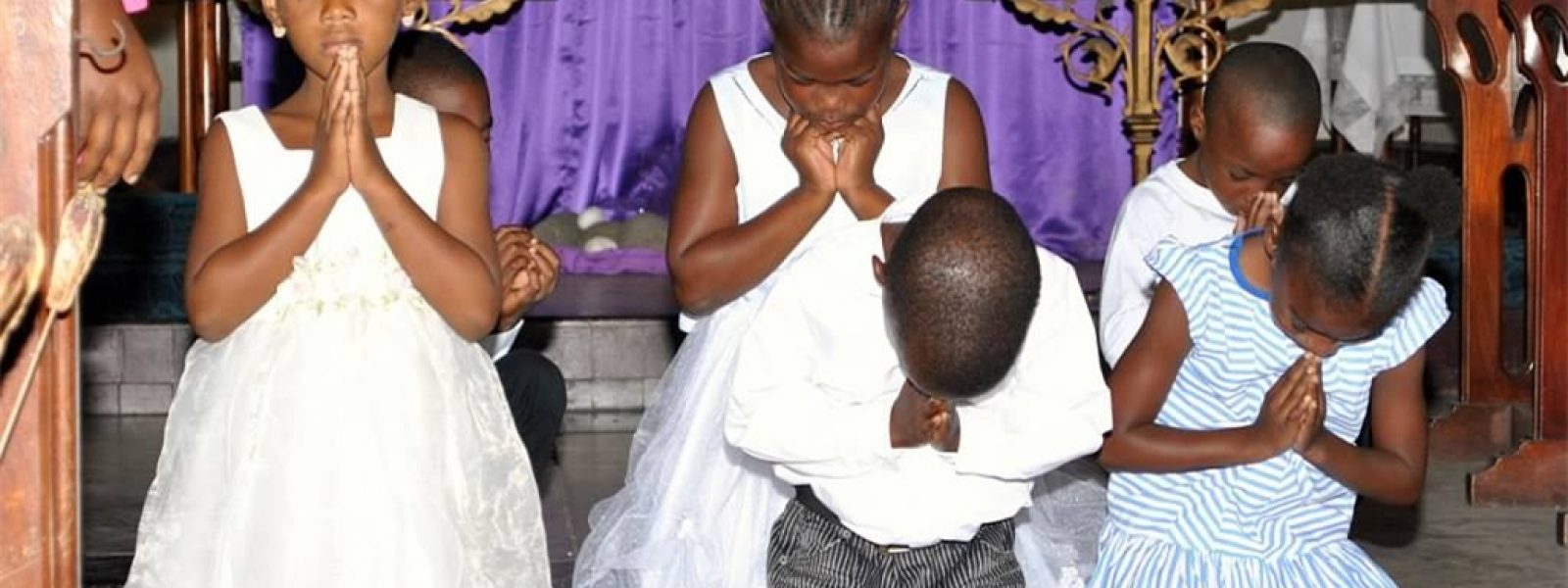A Message for the Pascal Season (Sunday, June 1, 2025)
A Message for the Pascal Season
Rev. Canon Sirrano Kitson, D. Min.
The Apostles’ Creed was formulated, not in the early Sunday Worship of the Church; rather it was in the Baptismal Liturgy of the Paschal Vigil Service. The Baptised, who were mainly adults, did not receive the Creed as a continuous narrative; rather the Creed was a part of a dialogue. Specifically, the three parts of the Apostles’ Creed were presented as questions to the candidates, individually, to be baptized.
- “Do you believe in God?”
- “Do you believe in Jesus Christ?”
- “Do you believe in the Holy Spirit?”
The response of each person would have been, “I do believe.” After each “I do believe”, the candidate who was standing in a river or a pool in the Baptistry, was submerged or, at least sprinkled, with water. Water could also have been poured on the baptizand. The baptizand had entered into a Covenant relationship to witness to the reality of the crucified and risen Jesus Christ.
At the Easter Celebration, and moreso at the Easter Vigil, the dialogue of the Creed has been retained in the Liturgy of the Church. It is to be noted that the assent given to each question is “I believe in …”, and not “We”. “Although the dialogue is between President and People, and takes place within the Church, it is necessary for us to know that we cannot produce Faith from ourselves, we receive it from God, mediated through Jesus Christ and the Church” [Why Believe in God, Gerard Lofink]. It is fundamental that each person must receive it (Faith) with their whole heart, and confess it. The dialogue form of the Apostle’s Creed can be found on Page 278 (BCP) and page 265 (BCP) of the Easter Vigil Liturgy.
The Apostles’ Creed is a summary of the Apostolic Faith as contained in the Scriptures. It highlights the person and work of the Father, Son and Holy Spirit, that demand a personal commitment and constant assent to a Covenant relationship with the Triune God. At its central core the Apostles’ Creed declares who and what Jesus Christ was, is and will be. The initial emphasis is on God, the Creator (the Father), with the work of the Holy Spirit following, and the Christian salvation which is the assurance and the ground of our Faith.
The Light of Faith is revealed to us in the person of Jesus Christ, who remained faithful to the Will of God the Father. “I must do the Will of the One who sent me”, (John 56:38). It is the Faith of Jesus, who remained obedient even to suffering and death, and made a perfect offering of humanity to God. In His life of obedience that we see the lifestyle of Faith; a Faith in the power and ability of God to move Him through the passage of death and to raise Him.
This is the source of Joy for Christians, as we too shall be moved and guided through the valley of death to be raised to the life of Resurrection. “The Cross, the central symbol of Christian life, has been, ever since Jesus’ renewal of the Passover, the sign of Joy and Hope – Joy for his passage (and that our nature in Him) into His kingdom, and, therefore, assured Hope for His Lordship at the end.” [The Origins of the Liturgical Year, Thomas J. Talley] It is this Pascal Joy inspired the early Church as Christians assembled on the Lord’s Day to celebrate the Pascal Mystery, and to give thanks and rejoice. “Christ has died, Christ has risen, Christ will come again.”

